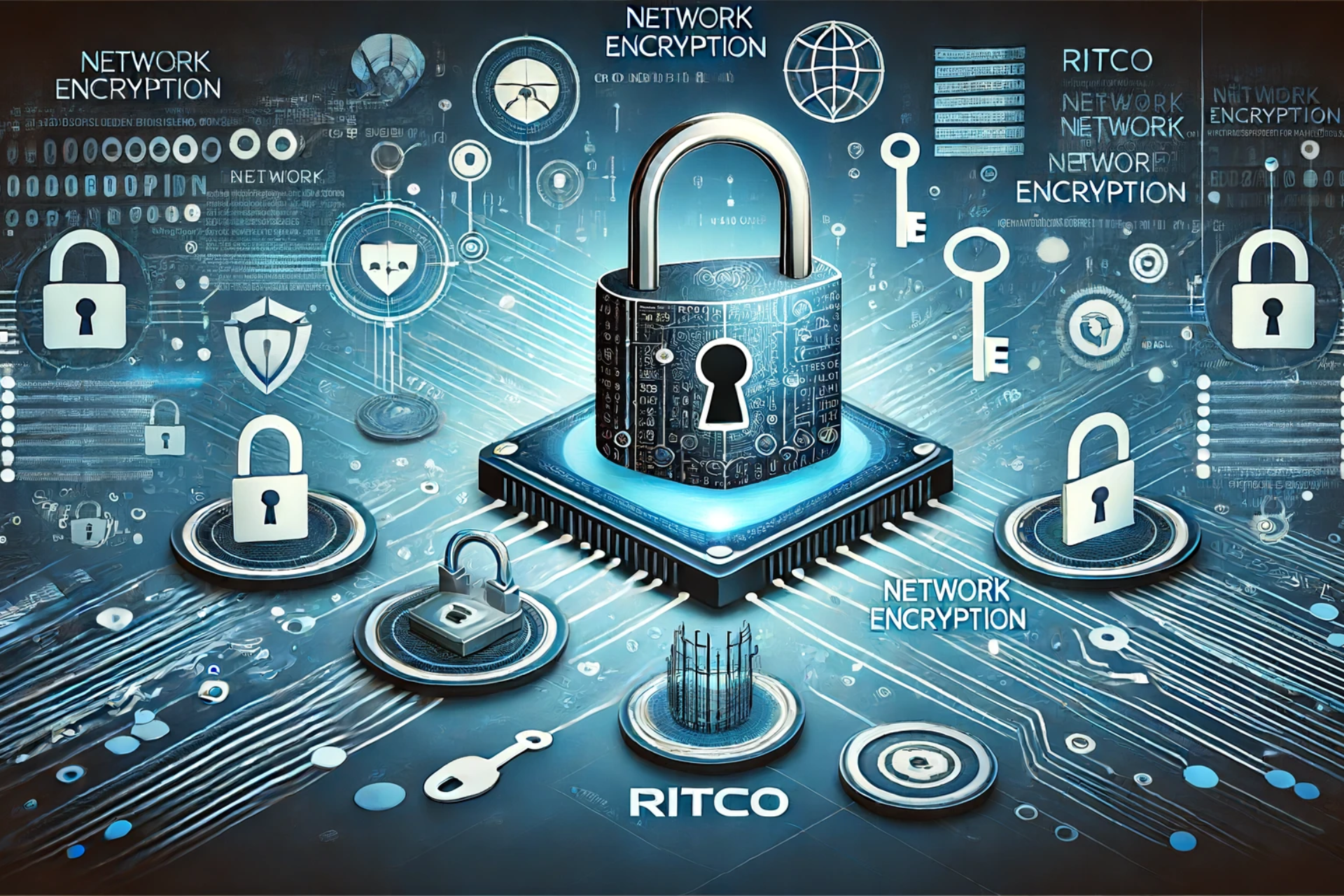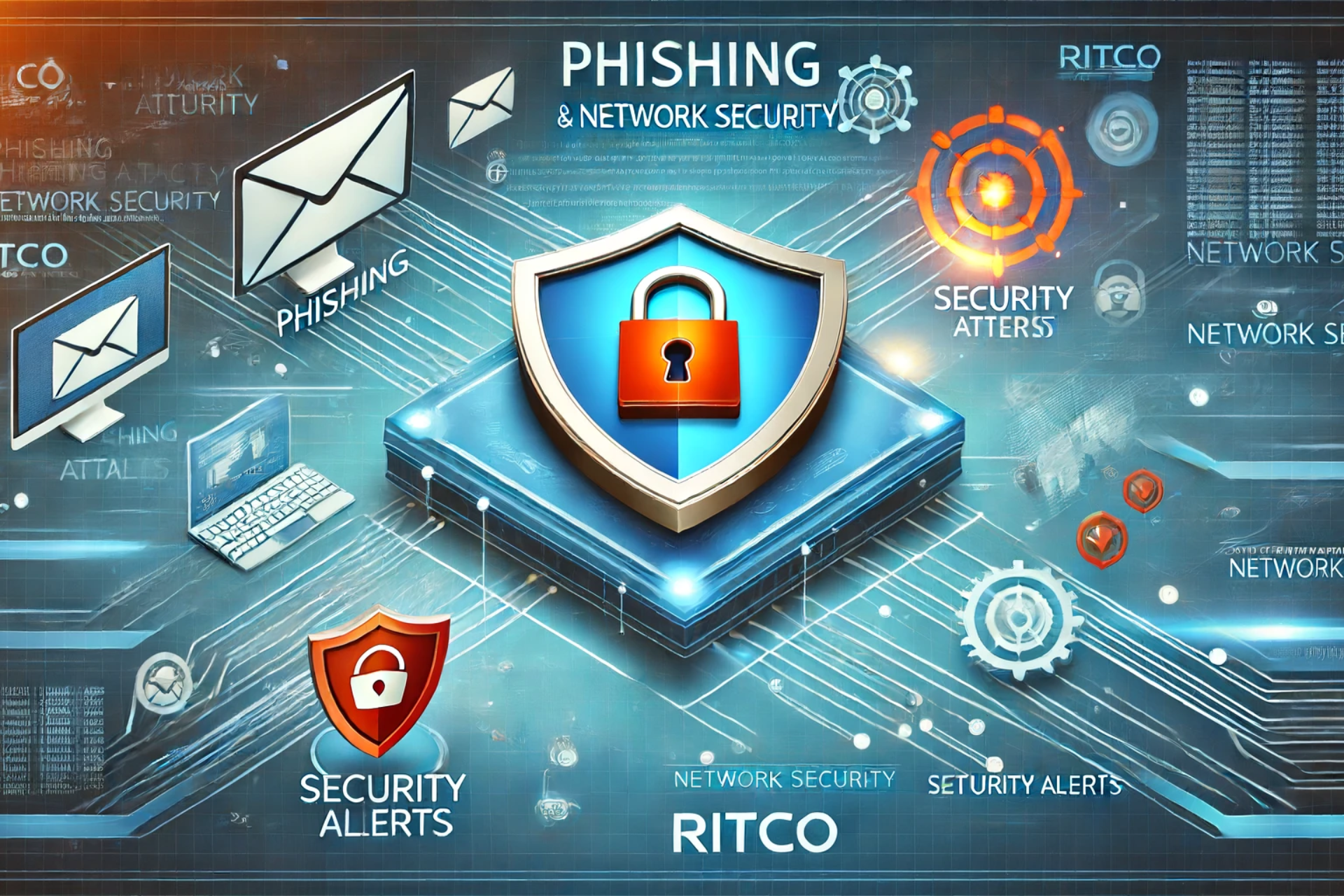
The Growing Threat of Phishing and How to Combat It

The Growing Threat of Phishing and How to Combat It
Phishing attacks have become increasingly sophisticated, posing a significant threat to network security. These attacks involve tricking individuals into providing sensitive information or installing malicious software through deceptive emails or websites. As cybercriminals refine their tactics, it is crucial for businesses to understand the different forms of phishing and implement effective measures to protect against them.
Common Phishing Tactics
Email Phishing Email phishing is the most common form of phishing attack. Attackers send emails that appear to be from legitimate sources, such as banks, social media platforms, or trusted companies. These emails often contain malicious links or attachments, urging recipients to click on them or provide personal information. The goal is to steal sensitive data such as login credentials, financial information, or personal details.
Spear Phishing Spear phishing is a more targeted form of phishing. Instead of sending generic emails to a large audience, attackers tailor their messages to specific individuals or organizations. They often use personalized information, such as the recipient's name, job title, or recent activities, to increase credibility. This makes spear phishing attacks harder to detect and more likely to succeed.
Whaling Whaling is a form of spear phishing that targets high-profile individuals within an organization, such as executives or decision-makers. These attacks often involve sophisticated social engineering techniques and may appear as urgent requests or important communications. The goal is to trick these high-value targets into revealing sensitive information or transferring funds.
Preventive Measures
Employee Training Educate employees about the signs of phishing attacks and best practices for avoiding them. Regular training sessions can help employees recognize suspicious emails and understand the importance of verifying the authenticity of communications. Encourage them to report any suspicious emails to the IT department immediately.
Email Filtering Implement advanced email filtering solutions to detect and block phishing emails before they reach the inbox. These filters can analyze incoming emails for known phishing indicators, such as suspicious links, attachments, and sender addresses. By filtering out potential threats, businesses can reduce the risk of phishing attacks.
Multi-Factor Authentication (MFA) Multi-factor authentication (MFA) adds an extra layer of security, making it harder for attackers to gain access even if they obtain login credentials. MFA requires users to provide two or more verification factors, such as a password and a one-time code sent to their phone, before accessing accounts or systems. This additional step can significantly reduce the risk of unauthorized access.
Conclusion
Phishing remains a prevalent threat to network security, but businesses can mitigate the risk through education, technology, and strong security practices. Staying vigilant and proactive is key to protecting against these deceptive attacks. By implementing employee training, advanced email filtering, and multi-factor authentication, businesses can strengthen their defenses and safeguard their sensitive information from cybercriminals.

